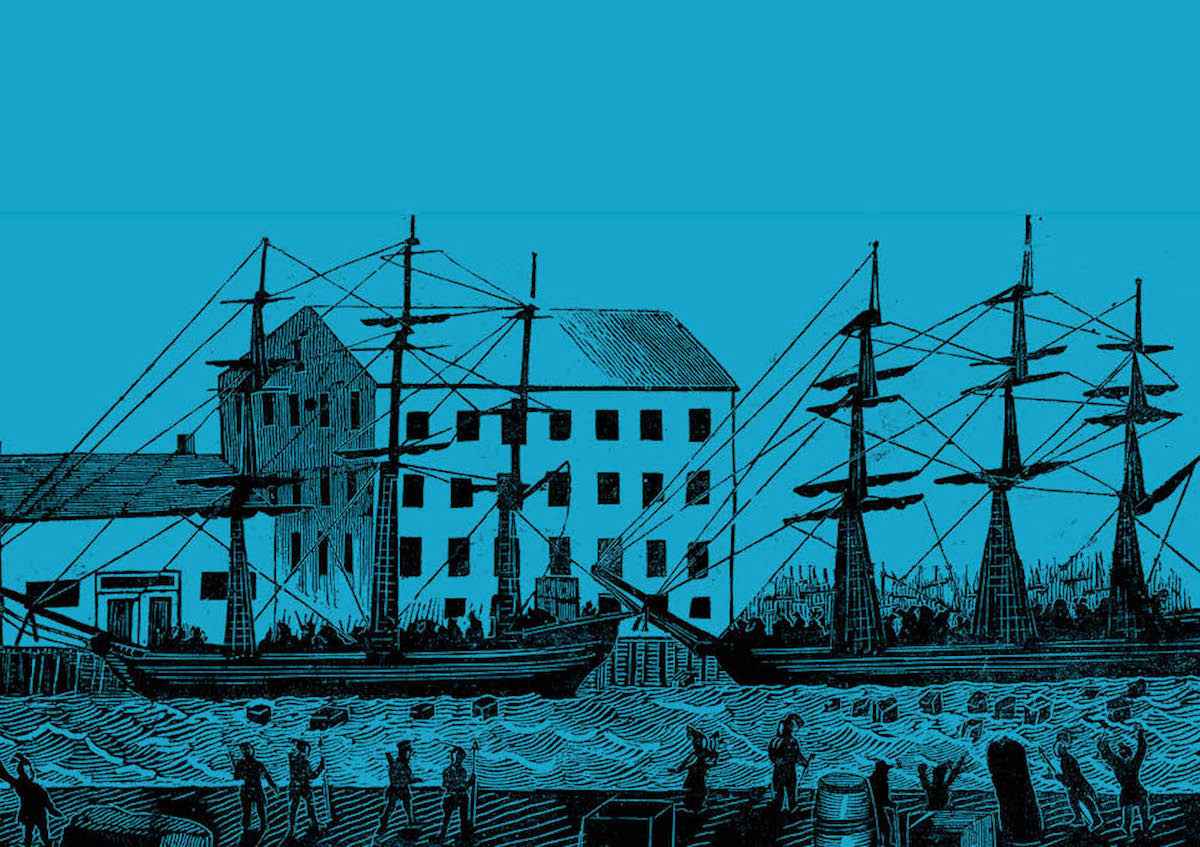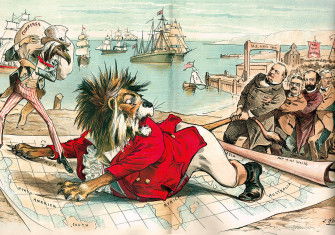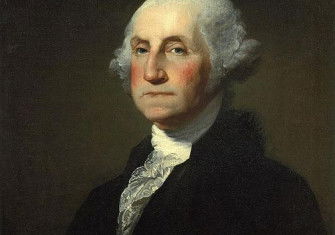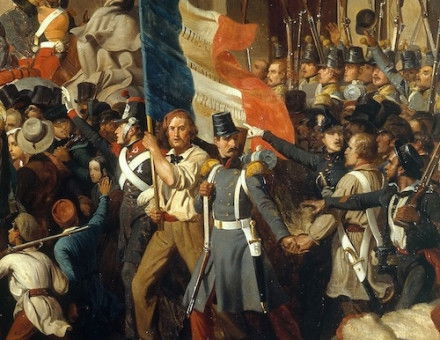The 50 Years that Made America
Fifty years separate the Boston Tea Party and the Monroe Doctrine. How did a group of British colonies become a self-proclaimed protector of continents within half a century?

It was the evening of 16 December 1773. At Boston’s Old South Meeting House, more than 5,000 people awaited word from the governor of Massachusetts Bay, Thomas Hutchinson. Had the governor finally given in to their demand to send back to England the three ships laden with East India Company tea that were moored in Boston harbour? When learning of the governor’s refusal, tradition holds that the firebrand orator Samuel Adams loudly declared that ‘this meeting’ could do no more to defend the rights of the people. The words were a pre-arranged signal. Cries of ‘a mob, a mob’ broke out and a group of men disguised as ‘Narragansets’ or ‘Mohawks’ – local indigenous peoples – brandishing hatchets moved down the aisle of the church and out the south door. Joined by other men dressed up as ‘Indians’ they moved to Griffin’s Wharf where they boarded the ships Dartmouth, Eleanor and Beaver, hoisted their cargo of tea casks onto the deck, smashed them open and poured the leaves into the water. Some 90,000 pounds of tea worth £10,000 sterling was destroyed.







